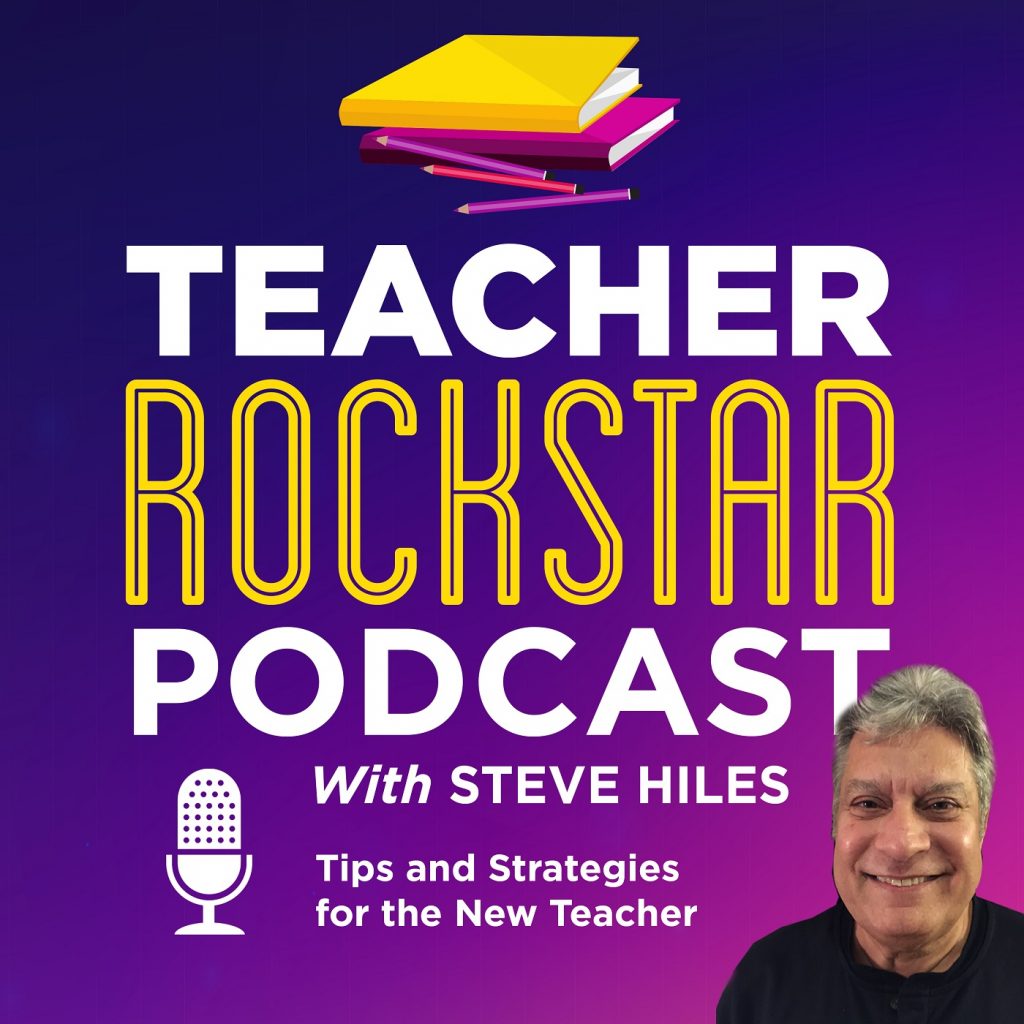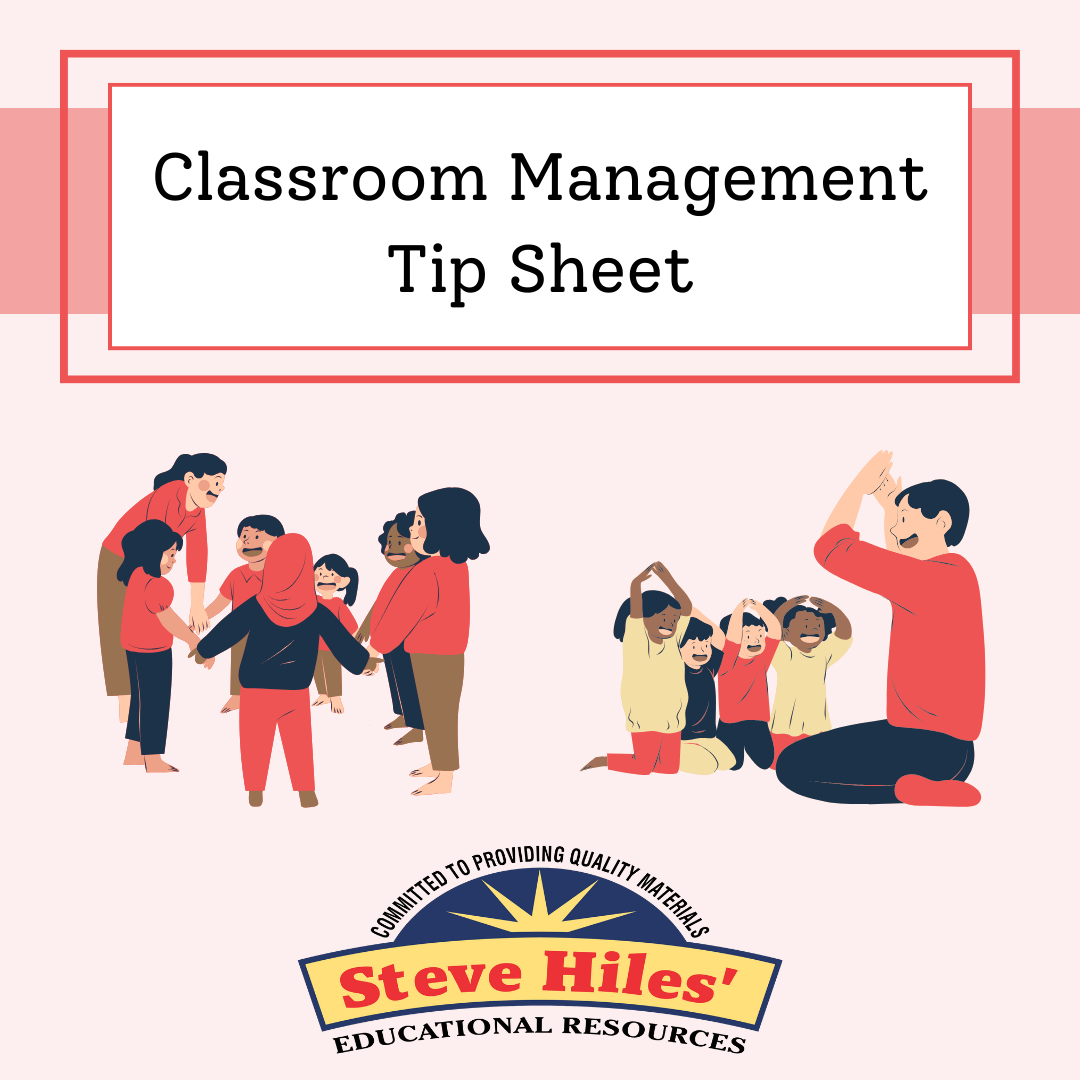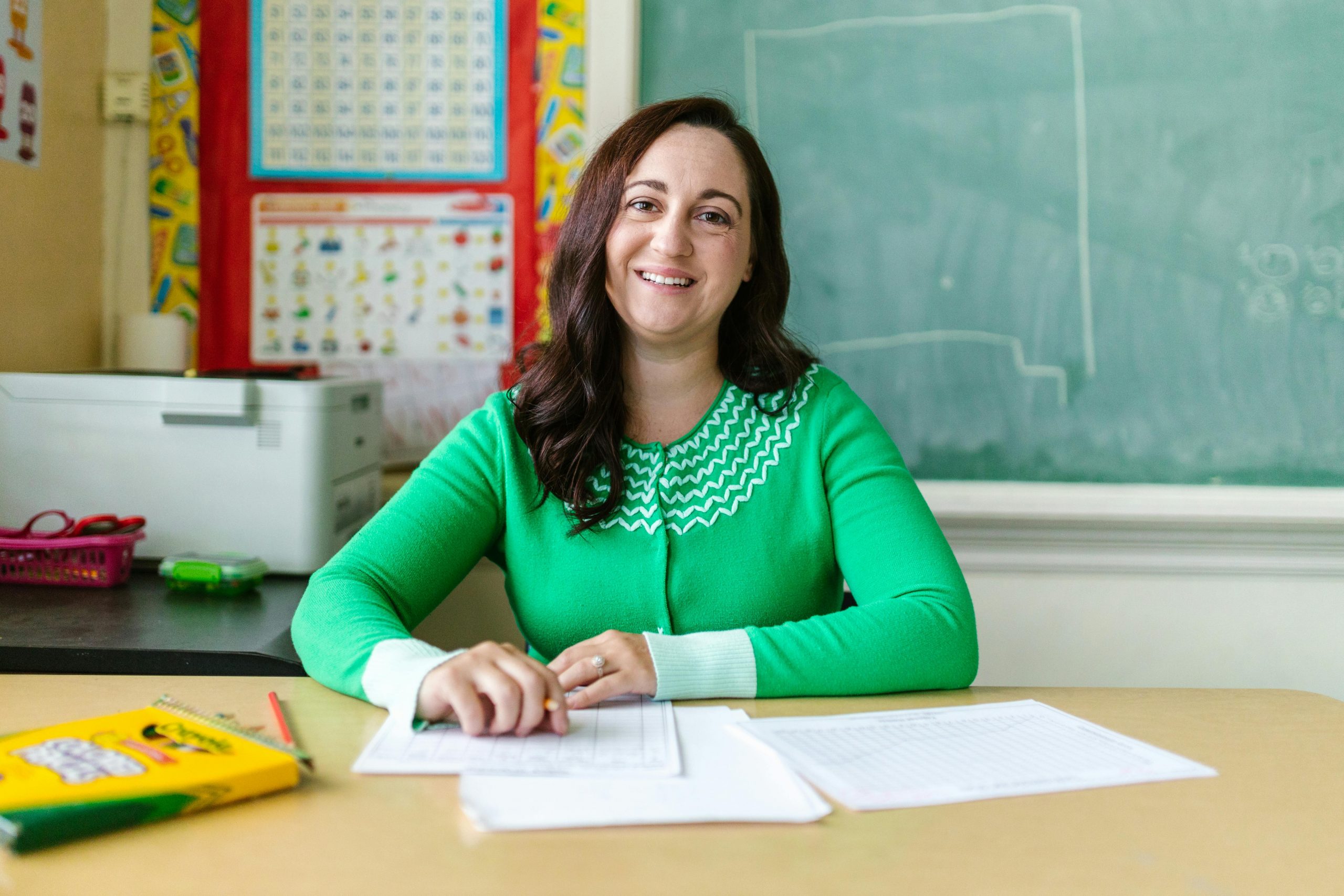Reading is the most essential activity a student can have but if you ask a kindergarten student or even 1st or 2nd grader how they find reading you will probably hear the word boring.
It is fair for them to feel this way, often teachers find it hard to make reading fun for their students, in fact, it takes more than an interesting book to get kids excited.
Children lose interest easily and each book that is left un-turned keeps a story, a life lesson that can help them socially, academically and personally. But kids don’t understand any of that and it’s up to us to make the reading part fun to help them develop a habit of learning long after school ends.
Establishing reading goals at the beginning of the school year can set the tone for the kind of reading work you expect from your students and what they should expect from themselves.
Just like we set goals for everything else in our lives, book reading for students is as much important as anything else, in fact setting a goal for reading in the beginning of the year for every student determines what kind of books they like, what are their interests, what is their level of reading. This way as a teacher you have clear understanding of what the individual reading goals should look like.
Teachers spend a lot of time teaching students reading behaviors, skills and strategies, but often forget to teach students how to identify which of those behaviors, skills, or strategies they need to work on by setting goals for them.
Having students set reading goals is a very common practice in most schools. Typically students set three different types of reading goals:
Students set a reading goal to reach a certain reading level. Example: By the end of the year, I will be reading on a level Q.
Students set reading goals that are based off of mastery of the state exam. Example: By the end of the year, I will score 85% or higher on the end of year test.
Students set goals that are based on mastery of the standards. Example: By the end of the year, I will have mastered 95% of the reading standards with at least 80% mastery of each standard.
Sadly this approach does not work, it’s great that students set reading goals but the examples I just talked about are not the most effective ways of encourage and motivate students to grow in an academic environment.
Let’s take a look at some of the reasons why the types of goals we have do not really work for every student, a small group of students from certain demo graphics may be able to leverage the mainstream rules of making goals for their benefit. but not every student and it may be possible, that none of the students from that group are present in your class.
Annual goals take a long time to achieve. It can be really challenging to keep students engaged and invested in working on one goal for an entire school year. If kids have to wait 10 months to see if they have met a goal they are going to lose interest and not be as excited about working towards that goal.
Goals that focus on reading levels are really abstract for students. Even if the goal is to get to a specific reading level, our students don’t really have a clear and solid understanding of the characteristics and attributes of each reading level. I mean, let’s be honest, teachers have a hard enough time telling the difference between a level Q and a level R. If WE don’t really know the difference between all the levels, why do we think our students will understand what it means to try and get to a level R?
None of the goals I just talked about are fun. Even if we try to make them fun and exciting, they are all based on some standardized reading process which just takes the joy and excitement out of reading.
Working towards a goal should be fun and exciting, as a teacher you don’t want them to make goals based on the outcome you understand, you want them to be inspired by the goals they make. They should be able to understand the process of progress. Inspiring students to read is the best way for them to explore the world of reading. And before we get into the details of how you can motivate a 10 year old to read while they have a hundred other things going on In their head every day that are more important to them than perhaps school.
The most important thing I have learned as a teacher who preaches the importance of book reading for students is that we should not tell them that the books they read will be graded, because that way it becomes another assessment.
Though I am the teacher I may tend to pick the area, like If one of my students likes science, I will guide them to picking out the first book that they will find interesting hopefully. If the book it is above their level they will read a page or two and will realize it’s not for them and if it is below their level they will have the feeling they know it already and will move to the next book.
As a teacher I want to be available when they are choosing books and the idea here is to inspire them first, and let them be inspired by what they find in the world of books. It boosts their confidence, they find the freedom of doing what they love. Instead of everything being hand-picked by their teacher or the system.
When you’re helping your students set reading goals, let’s talk about what we should consider.
Table of Contents
ToggleNumber 1: Goals should be measurable
You want your students to set very clear and specific reading goals. You want to make sure that their goal is something they can measure and they will know for sure if they have set their goal. A lot of times I have seen my students set goals like I want to become a better reader.” While this is a great concept for a goal, it’s not a goal that has a clear and specific end-point. Your students won’t really know when they have achieved this goal, But if they say I want to read 100 books this year. That is very clear and specific and they will know exactly when they have met that goal.
Number 2: Goals should be short-term
Students are going to be more motivated if they are working on a goal that is only going to take them a few months or weeks to achieve. Encourage your students to set weekly, monthly, or quarterly goals. For example:
I want to read 5 hours this week.
I want to read 20 new picture books this month.
I want to read books from 18 different genres this quarter.
Even if you have students set annual goals, encourage them to break down those annual goals into smaller milestones so they don’t have to wait until the very end of the year to know if they have met their goal. Smaller goals help students stay motivated to keep growing as a reader.
Number 3: Goals should be tracked and celebrated
Regardless of the type or length of goal, you want your students to be tracking the progress they are making towards their goal. If students are going to set a goal it should help guide how they spend their independent reading time everyday. You can give students a goal setting journal, a book log, a reading tacker, or any other template to help them keep track of the progress they are making towards their goal. You also want to make sure that you are celebrating all the progress students are making. Anytime a student meets a goal you should celebrate in some small way. This is part of the reason why short-term goals are so effective. If a student meets a reading goal every week or month and gets to celebrate, that is going to motivate them to keep on reading and setting more goals. Make sure you celebrate every goal that gets met.
Number 4: Working towards the goal should be fun and exciting
You want your students to be excited about working towards their goal. Goals are meant to inspire and motivate your students to WANT to read. If students are dreading working on a reading goal then they have the wrong goal. There are lots of things you can do to make the process of achieving the goal fun and exciting.
You can regularly incorporate reading challenges
You can spotlight students who have met their reading goals
You can even create a bulletin board that tracks the progress your entire class is making towards achieving their goals.
Number 5: Plan to Support Your Students
Now your students’ goals are established and proudly displayed in your classroom, there are so many ways to support them throughout the year. Taking stock of the goals of the class will help you to create the right plans to help them achieve and exceed their reading ambitions. This might be anything from
Partner work to literature circles based on similar goals, you can plan guided Reading work and create opportunities for group discussions
Like classroom booktalks.
Number 6: Validate and expand the process of reading
Children need to read widely and experience a range of texts as part of their literacy education. But some readers express strong preferences in the books they like gravitating toward specific genres, writing styles, topics, and authors. Validate their choices while pushing the envelope.
Encourage students to try new books by reading across all genres. Show students connections between texts of different genres like Laurie Halse Anderson’s Fever 1793 and Jim Murphy’s An American Plague, or The Lightning Thief by Rick Riordan and D’Aulaires’ Book of Greek Myths.
Take a look at the genres that students avoid. Many of my students report nonfiction as their least favorite category. Select high-quality nonfiction to share during book talks or to serve as mentor texts. Try pairing fiction texts with nonfiction texts on the same topic.
Students need encouragement and practice to develop the habits of well-rounded readers. Every day, I ask, “What did I teach my students about reading that they can use with other texts? What did I show my students about reading that they can use outside of school?” We must never lose sight of our goal fostering a lifelong love of reading, which lasts long after school ends.









